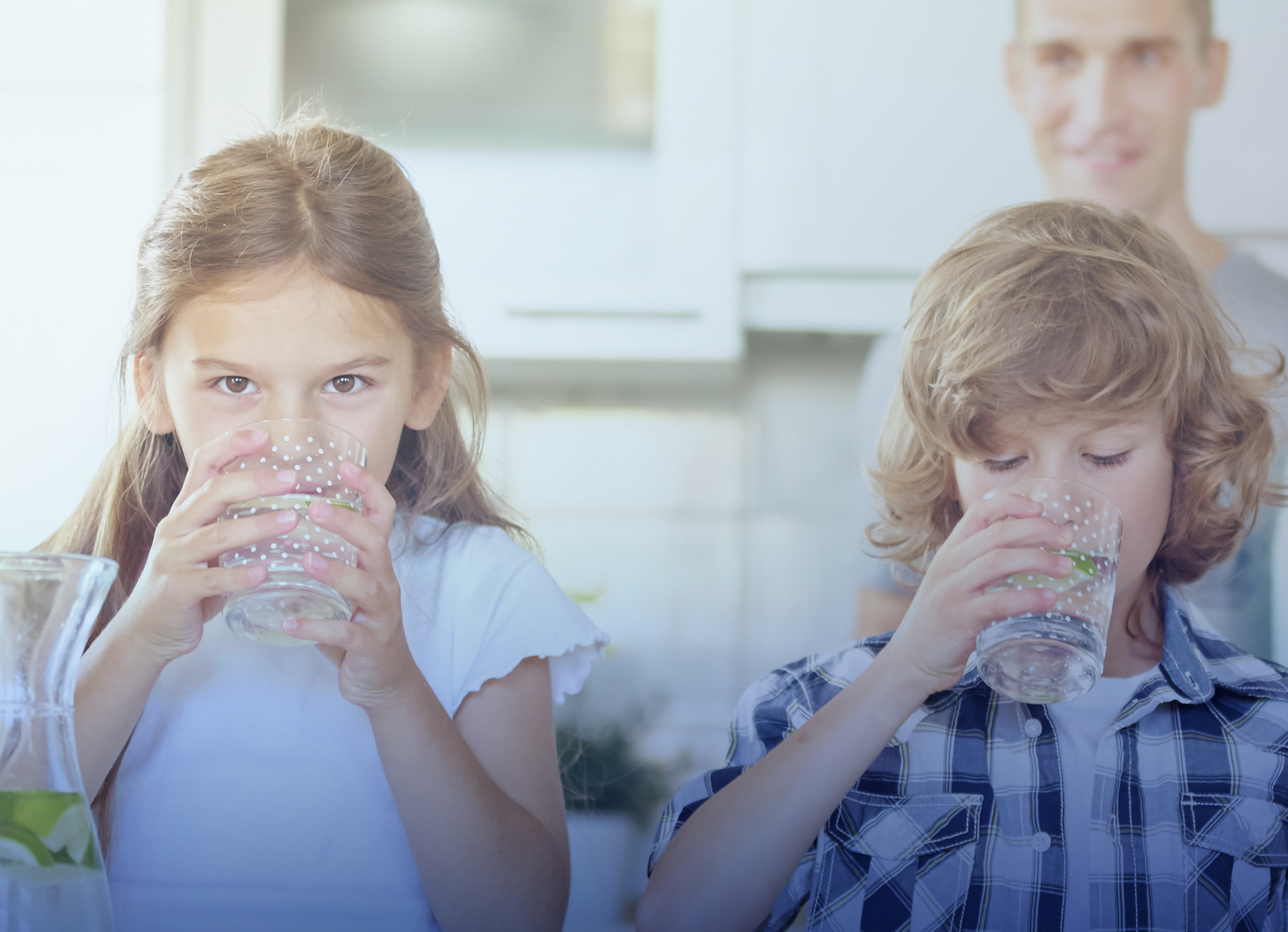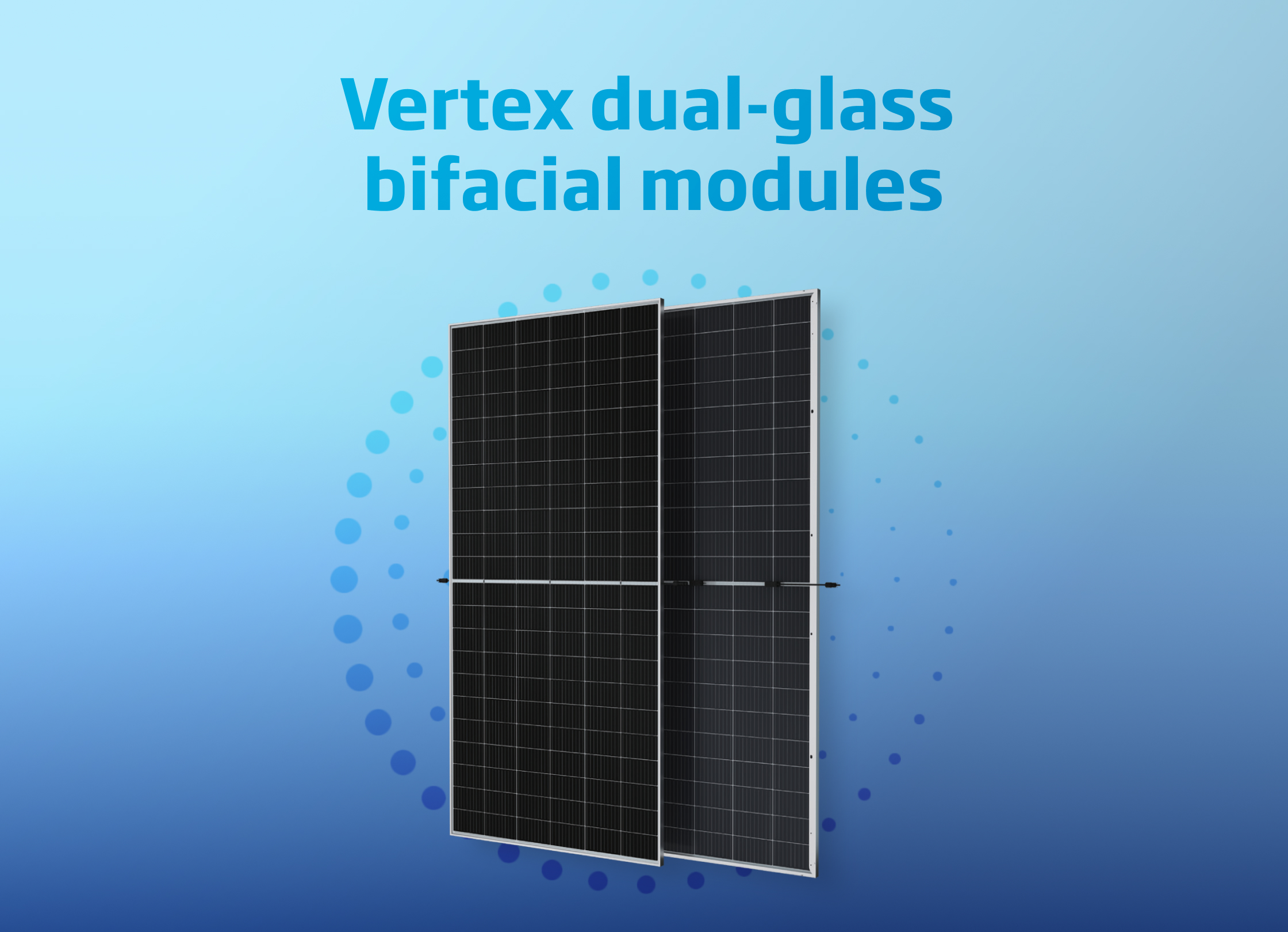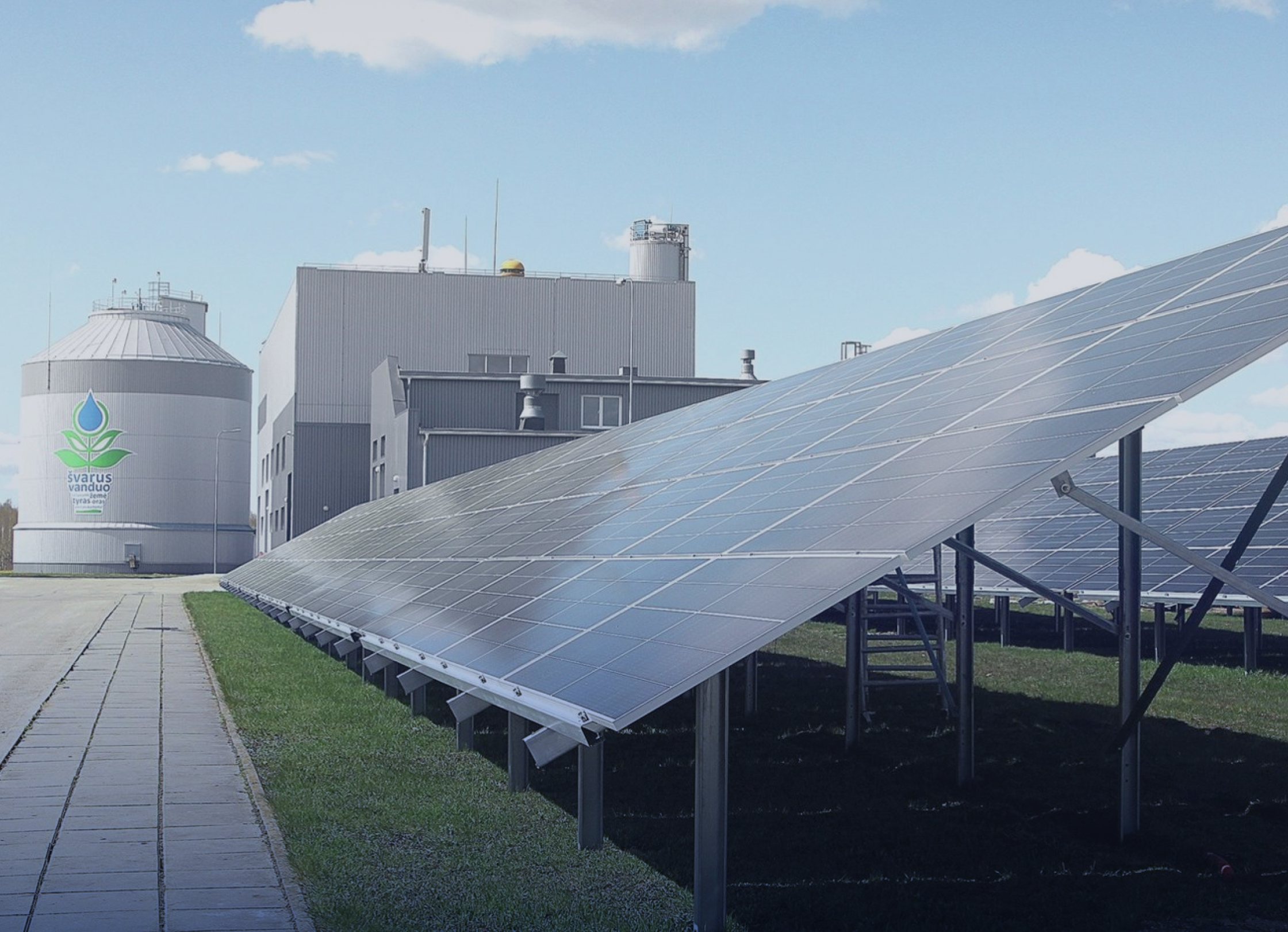Clean Energy Powers Clean Water for Lithuania
- 23/08/04
- Utility,Customer Value,Case Studies,Business of Solar,Responsible Earth
Trina Solar’s Vertex bifacial solar PV modules were instrumental in helping a Lithuanian municipality power its water treatment plant using clean energy. Lithuania has set lofty clean energy goals, aiming to become climate neutral by 2050. Businesses and local governments throughout the country are implementing projects to put Lithuania on track to meet this goal.
One such project is the construction of a solar-powered wastewater treatment plant in the city of Šiauliai. In March of 2023, the contractor UAB Ignitis completed construction of the 500kW photovoltaic array that will provide electricity to the plant itself.
The plant is powered by Trina Solar’s Vertex dual-glass bifacial modules, which are designed to generate optimal power in a variety of weather conditions. The Vertex DEG19RC.20 modules offer a power output of 575 watts with a maximum efficiency of 21.3%.
Constructing the power plant
The city contracted with UAB Ignitis to build the power plant. Contractors installed approximately 6,000 square meters of photovoltaic modules in an area outside the existing treatment plant. They completed the installation of the PV modules in February of 2023, after which the contractor configured the plant itself to run off solar energy.
Overcoming obstacles
Local water supplier UAB Šiaulių Vandenys started planning this project in 2021 in the midst of the Covid-19 pandemic. Related supply chain issues and record inflation threatened to derail the project, as electricity, gas, and fuel prices disrupted construction activity.
Despite the challenges, UAB Šiaulių Vandenys was determined to modernize its water treatment facility and upgrade to green energy. The utility understood that switching to green energy was imperative in helping Lithuania as a whole meet and exceed the country’s climate goals.
Improving efficiency
The water and sewage treatment plant provides clean drinking water for residents of multiple districts. Along with upgrading its energy system, UAB Šiaulių Vandenys has added several new service contracts. In 2021, the utility served more than 54,000 customers — and that number keeps growing.
As its demand for potable water expands, so does the plant’s need for efficiency. UAB Šiaulių Vandenys is currently undergoing a startup period with its solar panels. This test period has generated about 200 MWh of electricity from sunlight. Following the adjustment period, this number will increase to about 490 to 495 MWh of electricity per year.

Motivations behind the transition
Wastewater management and water treatment are energy-intensive processes, consuming about 6,800 MWh of electricity per year. To offset costs and make the plant more efficient, UAB Šiaulių Vandenys installed a cogeneration power plant in 2012. The new solar plant will be able to produce a little more than half of the energy required to treat and process the wastewater, reducing operating costs as well as decreasing carbon emissions by more than 5,000 tons throughout its anticipated 25-year life cycle.
Despite an upfront investment of €274,500, the power plant it is expected to save its operator money on energy. With an expected annual energy generation of 525 MWh, the PV system should pay for itself in two years.
How the solar plant works
Using Trina Solar’s Vertex bifacial modules, the plant will be able to generate sufficient electricity to power wastewater treatment operations in all weather conditions. With PV cells on both faces, these modules gather more energy from the sun than single-sided modules.
Once the module has collected enough energy to power the treatment facility, the excess energy is stored until needed. This system enables the PV panels to power the facility at night and during other low-light conditions.

Other innovations at the treatment plant
The cogeneration plant constructed in 2012 generates its own heat and electricity through the sludge treatment plant. This facility uses biogas, produced by composting sludge and other waste, to heat and power the treatment facility.
How the plant is contributing to Europe’s energy transition
Even before the crisis in Ukraine sent energy prices soaring, Europe was committed to transitioning to green energy. Signed in 2019, the European Green Deal aims to cut greenhouse emissions and achieve carbon neutrality by 2050. This initiative is meant, in part, to address the ongoing climate crisis, which is responsible for numerous extreme weather events all around the world, including in Europe.
The agreement also addresses the issue of energy security and the need to establish a renewable energy supply to reduce dependency — both on fossil fuels and on an increasingly volatile energy market. Finally, the European Green Deal focuses on improving energy efficiency in buildings and creating interconnected energy systems.

The UAB Šiaulių Vandenys solar plant addresses all these goals. It makes wastewater treatment more energy efficient, allowing the facility to provide potable water to thousands of Lithuanian residents using renewable resources. Situating the facility’s own dedicated power source on-site protects UAB Šiaulių Vandenys from the potential system failures of a city-wide power grid.
Finally, the treatment plant will save money on energy over time, which UAB Šiaulių Vandenys can then invest in other innovative, green technology, such as the cogeneration plant and others.
The European Green Deal was derailed by the pandemic in 2020, delaying many initiatives until 2021. As a result, no significant measurements are available to track progress on carbon neutrality during that period. However, in 2023, multiple countries introduced new legislation to help nudge efforts toward these goals in the right direction, including bills that would make projects like this solar-powered water treatment plant more viable for countries all over Europe.

